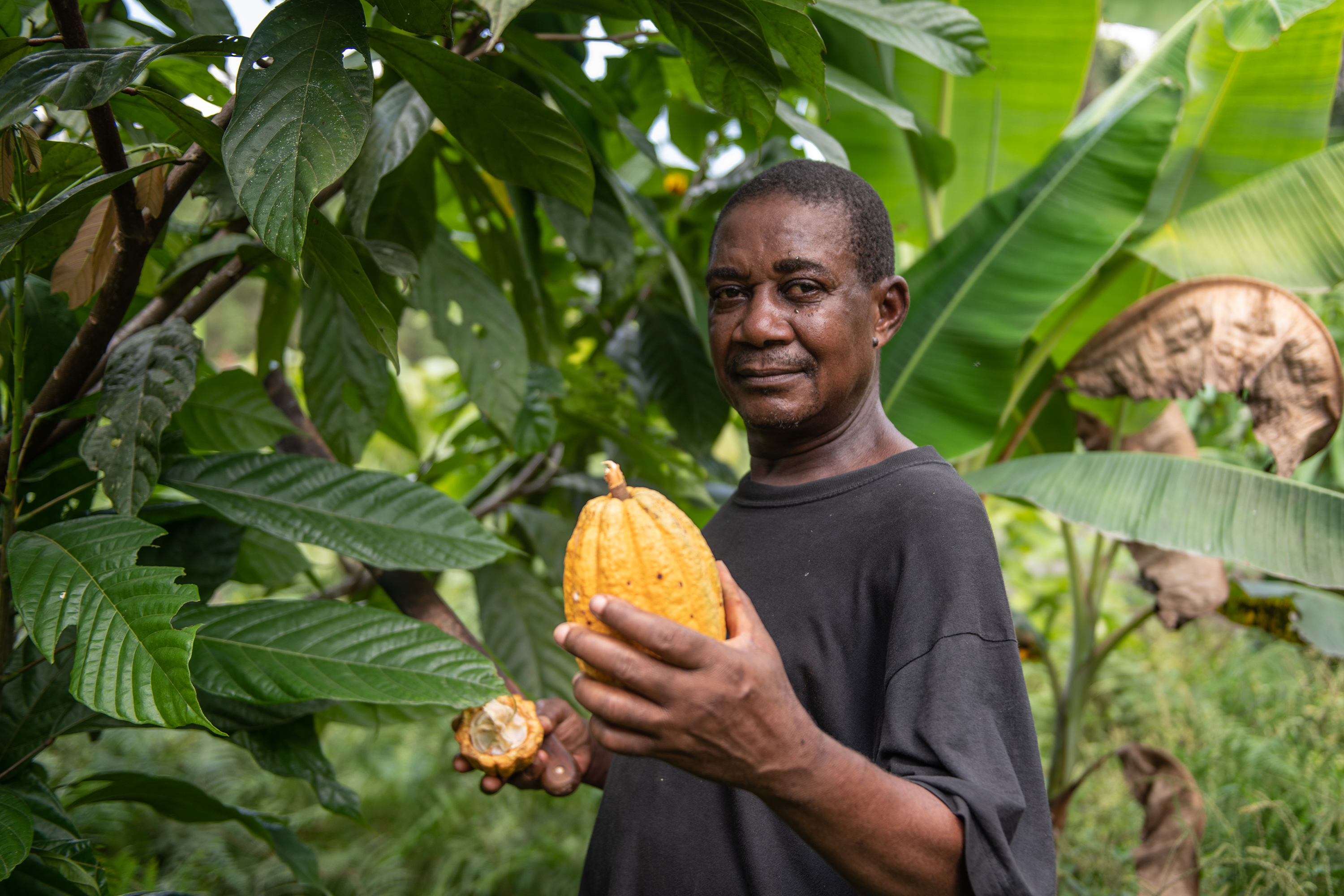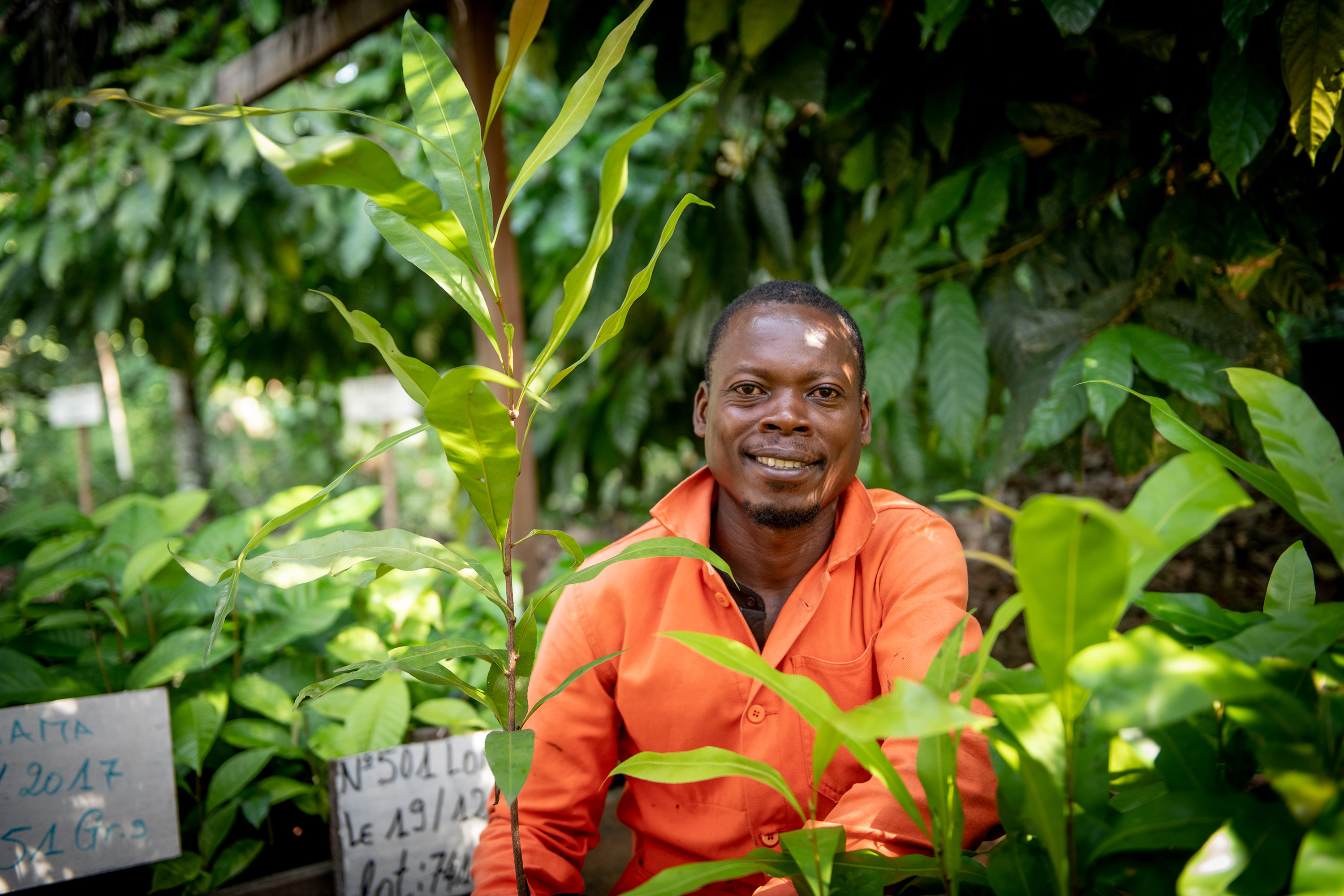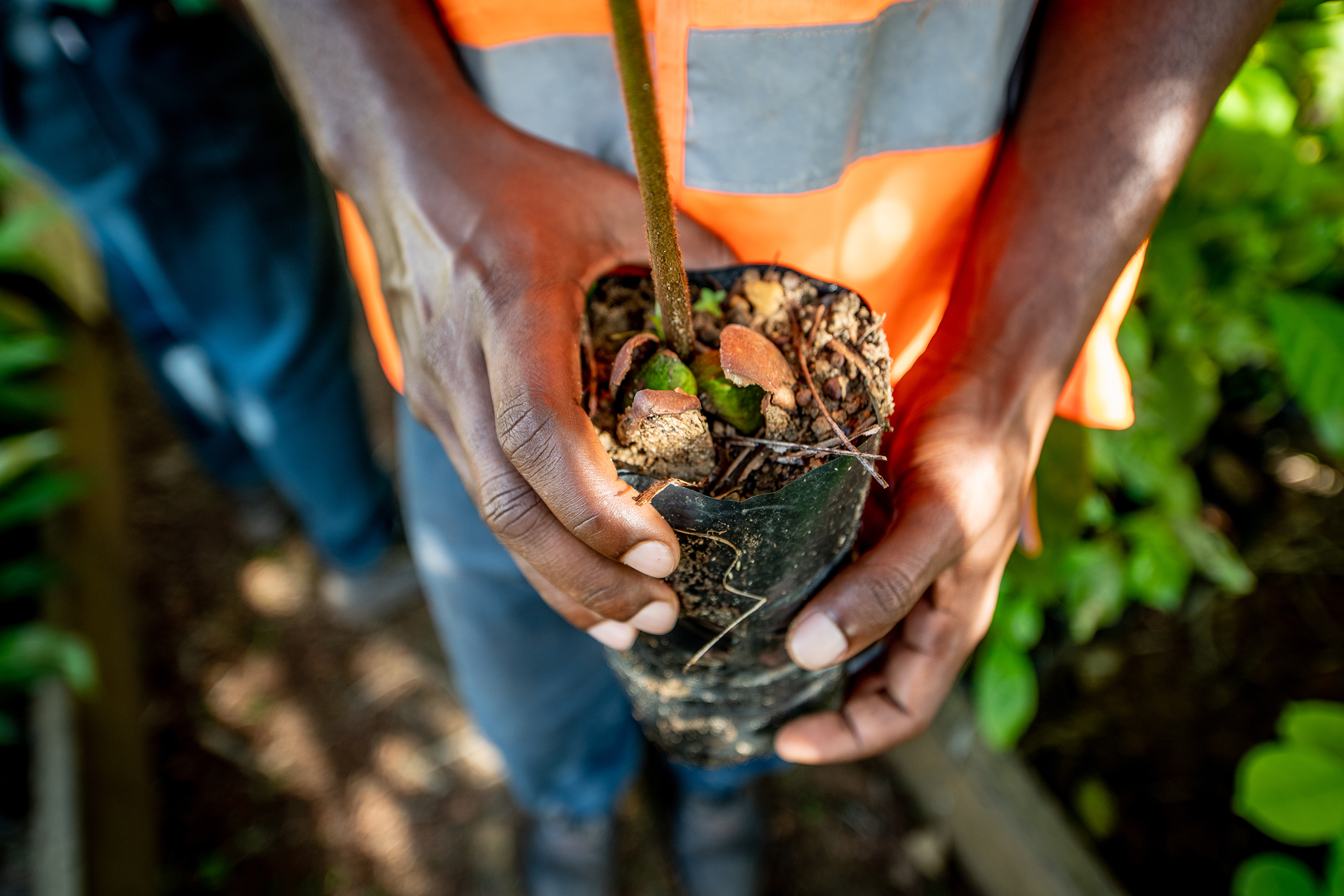FSC + SDG
A FRAMEWORK FOR GLOBAL CHANGE
The UN Sustainable Development Goals (SDGs) are a framework for global change. They highlight the ares we all need to focus on to ensure a brighter future for us as human beings as well as for the rest of the planet.
As a part of FSC's global work to ensure nature and people the FSC-standards are covering a lot of the criterias behind the SDGs, helping to create this global change.
Click on the following SDG icons to learn more about our contribution to a sustainable future!
HOW TO USE FSC AS PART OF YOUR CSR WORK
Whether you choose to work with the FSC standards for forest or production or you purchase certified products you are part of the amazing journey for change.
If you are working with your organisations CSR-reporting or communication, you can use your engagement with FSC to highlight that change you create.
Explore more - click the SDG logos to learn how FSC makes a diffrence in that specific area.
































































